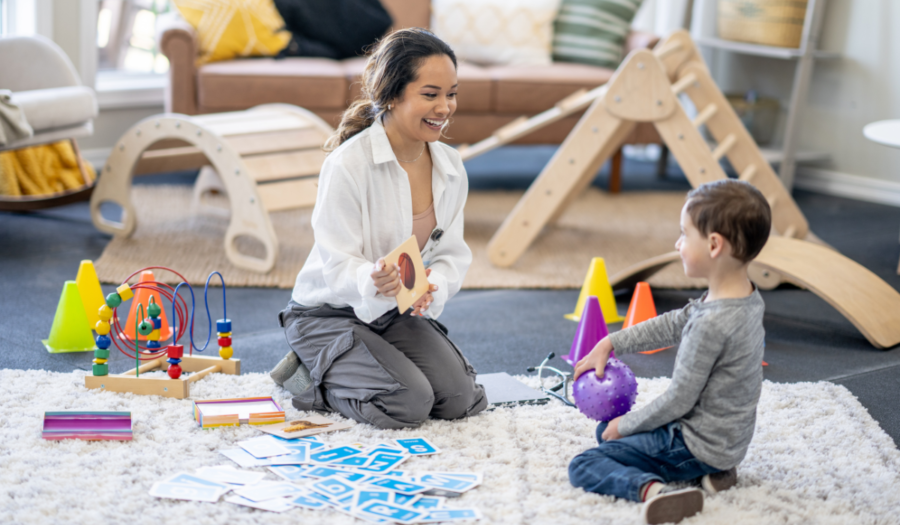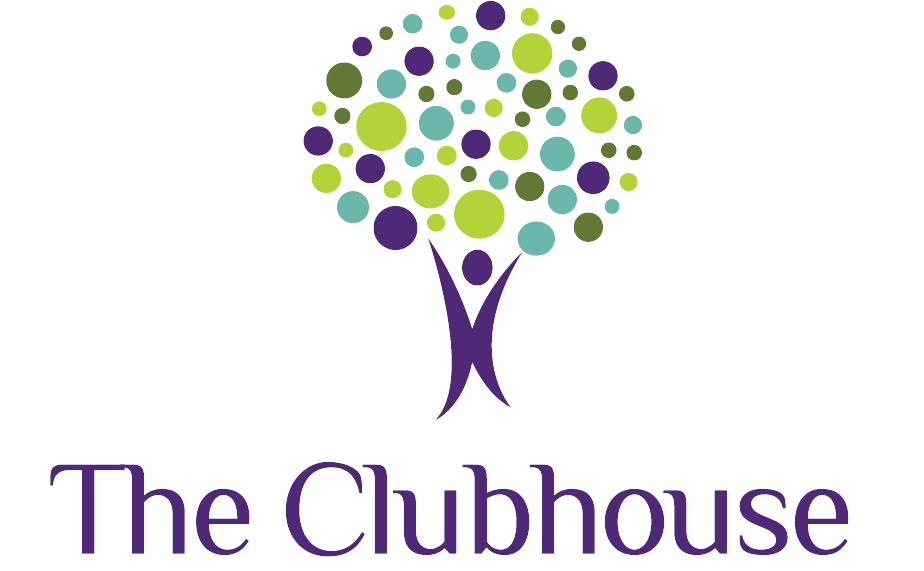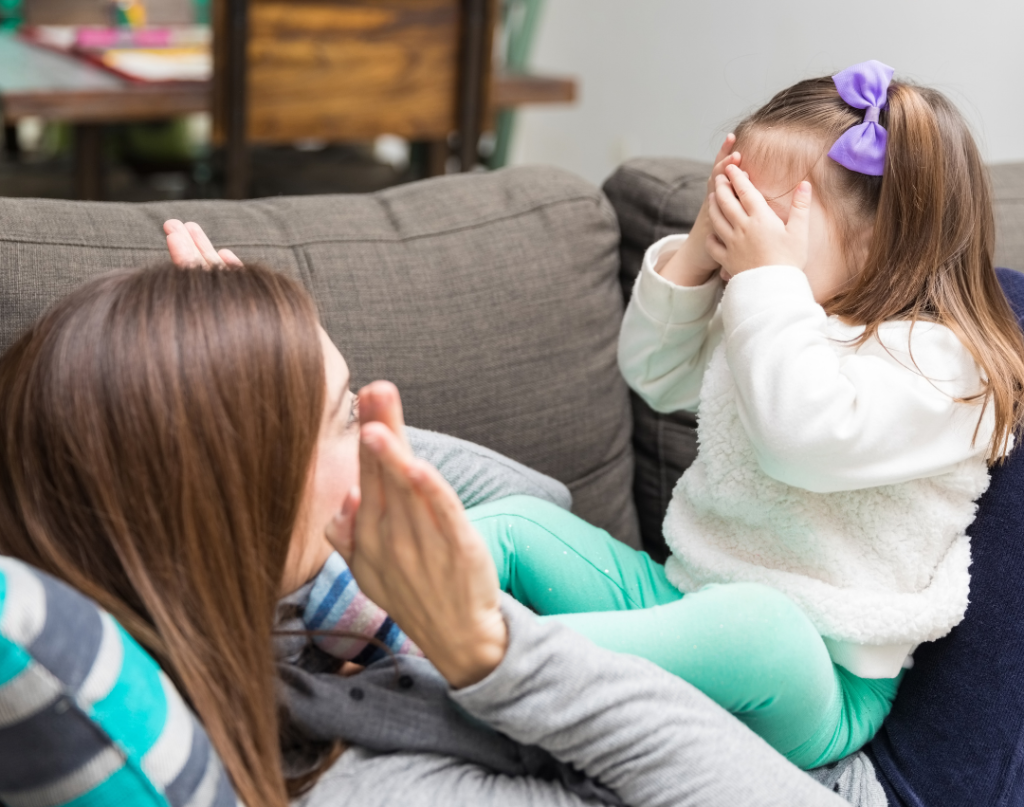Joint attention is when a child shares an interaction with an adult or another child. This interaction does not require spoken language. In fact, joint attention is an important skill that is learned before verbal expression, and it can be exhibited through signs and gestures, eye contact, or other body movements.
It is important for your child to recognize when you are trying to engage and learn how to respond to you. A simple way to start engaging with your child is to be next to them and copy their actions. This is called parallel play, but it can be transitioned into joint play. Your child may notice that you are copying their actions and imitating their sounds, and they will likely begin to copy you as well.

When working on joint attention, consider activities that involve taking turns and draw attention to your face and voice. Keep in mind that repeating the same activity is helpful for your child to learn what to expect. They will hopefully engage with fewer prompts over time and will even initiate some of the activities.
ABA Therapy Helps With Joint Attention Activities – Get Started Today
Here are 10 activities that you can try to help with joint attention:
- Take turns stacking blocks or pushing cars down a slide/ramp. If your child likes to see things fall, don’t forget to knock the tower of blocks down!
- Model gestures/visuals with songs. Think of “Wheels on the bus” and “Itsy Bitsy Spider.”
- Play freeze dance. Look for eye contact or a smile from your child as you stand completely still. S/he may learn to anticipate the next time you move.
- Say “Ready, Set, Go!” This can be used with many activities mentioned in this list. Model the full phrase repeatedly and then try pausing before saying “Go.” Wait to see if your child makes eye contact with you before saying “Go!”
- Blow and pop bubbles together. Try catching a bubble with the wand, bring it up to your face, and encourage your child to pop it.
- Roll a ball back and forth. Sometimes it helps to have another adult or sibling behind the child to assist with this activity. After some rolls, wait and give your child the opportunity to anticipate the ball by looking at you or raising his hands.
- Use animated voices and gestures during play or when looking at pictures in a book. On the flip side, an unexpected whisper will also draw the child’s attention.
- Tickle Time! If your child likes tickles, this is a fun way to work on requesting or anticipating “more.” Similar to rolling a ball, pause to see if your child will pair his smile with eye contact prior to another few seconds of tickling.
- Balloons! Aside from tossing a balloon back and forth, you can let the air out of it and watch as the balloon flies across the room. See who can find it first!
- Tunnels! If you do not have a pop-up tunnel, create your own tunnel with pillows, chairs, blankets, etc. Follow each other as you crawl through! If your child is unsure of crawling in, try rolling a ball or car through the tunnel.
Remember to keep working at it, and enjoy learning with your child!
Written by Fatima Huizar, M.A., CCC-SLP/L
Interested in learning more about how Speech Therapy can help your child? Fill out our contact form below!

